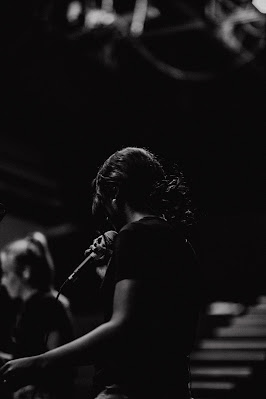How can I learn classical singing beginning with the basics?
Introduction
Are you a music enthusiast passionate to explore the world of classical music? Well, learning classical music can be an enriching journey as it takes you a step closer to our cultural heritage and tradition. Music has spun its alluring magic across the globe for centuries with its intricate melodies, rhythms, and expressions.
Its popularity has motivated several digital platforms to provide classical music classes online. This blog will provide you with essential information about some basic aspects to kick-start your journey.
7 Basic Aspects of Classical Singing
Swara
Swara is the building block of Indian Classical Music. Its seven primary notes are Sa, Re, Ga, Ma, Pa, Dha, and Ni. A good understanding of these notes will help you with melodic expression and improvisation.
Raga
It acts as the melodic framework that brings life and emotion to music. Each raga has its unique set of notes in ascending and descending order, characterised by distinct melodic phrases and expressions. You can begin with learning simple ragas like Yaman, Bhairavi, or Bilawal.
Taal
The rhythmic pattern or cycle in which the composition is performed is known as Taal. By developing its deep comprehension, you can explore intricate variations in rhythm and synchronise your singing with instruments.
Alaap
Alaap refers to the art of improvisation in classical music that allows the artist to express their creativity. It is done within the melodic structure of a raga while maintaining its true essence. Starting with easy alaap, you can gradually add more complexity and explore different facades of the raga.
Saptak
Saptak stands for the performance of seven notes in the established order. In Indian classical music, there are three main saptak: Mandra (lower octave), Madhya (middle octave), and Taar (upper octave). Its apprehension is important to navigate the melodic range of different compositions.
Alankar
They are the embellishments and ornamentations used to enhance the beauty of a composition. Some common types of alankar used in classical music are meend, gamaka and murki. Alankar adds richness to your performance and showcases your technical prowess.
Shruti
It denotes the microtonal variations in pitch and adds nuances to the melodic structure. Train your ears to differentiate between pitch variations, as this skill is essential for maintaining pitch accuracy and for singing in tune.
Traditions of Indian Classical Music
Hindustani and Carnatic are the two main traditions of Indian classical music. Beginners must understand the difference between Hindustani and Carnatic music.




Comments
Post a Comment